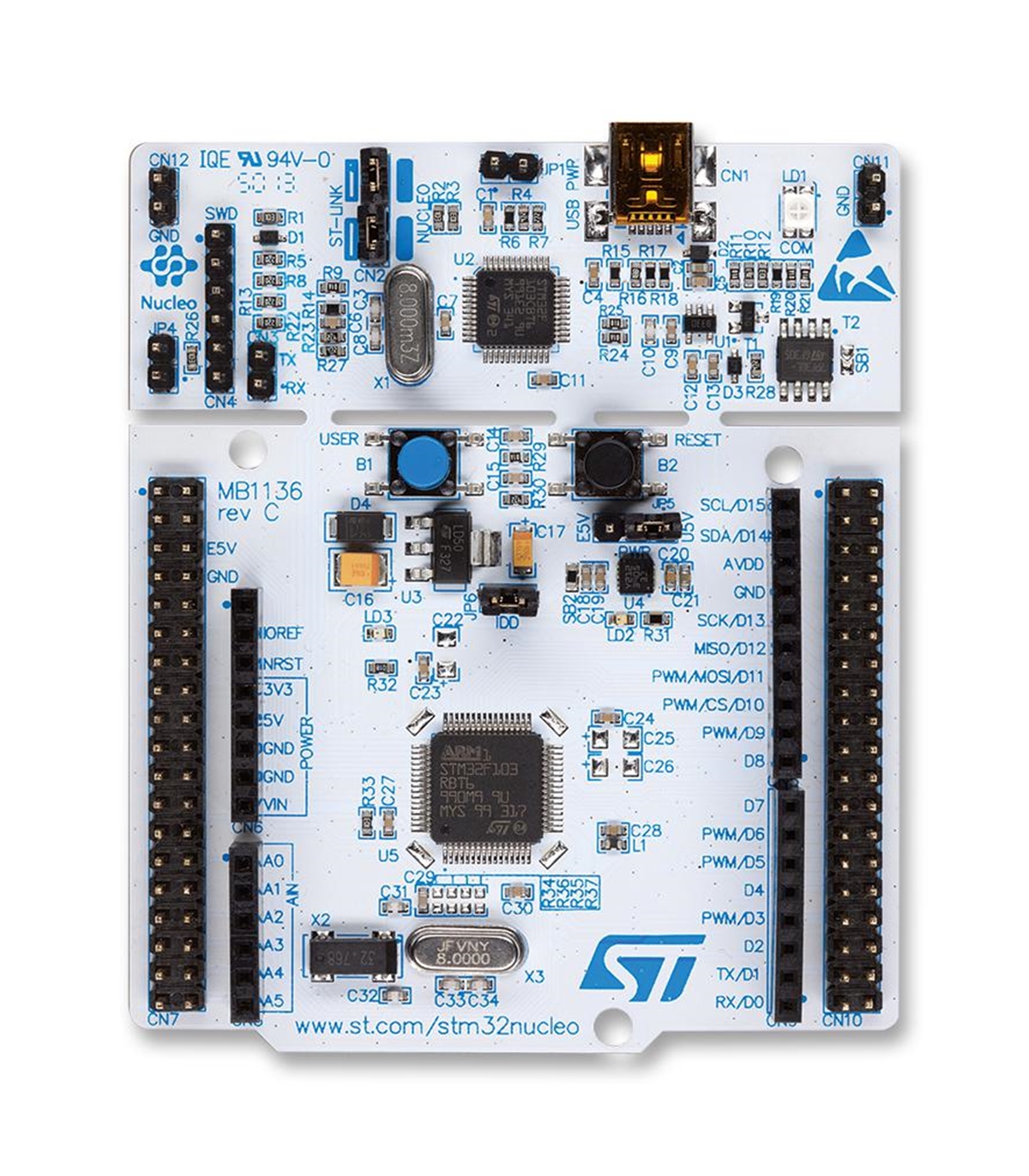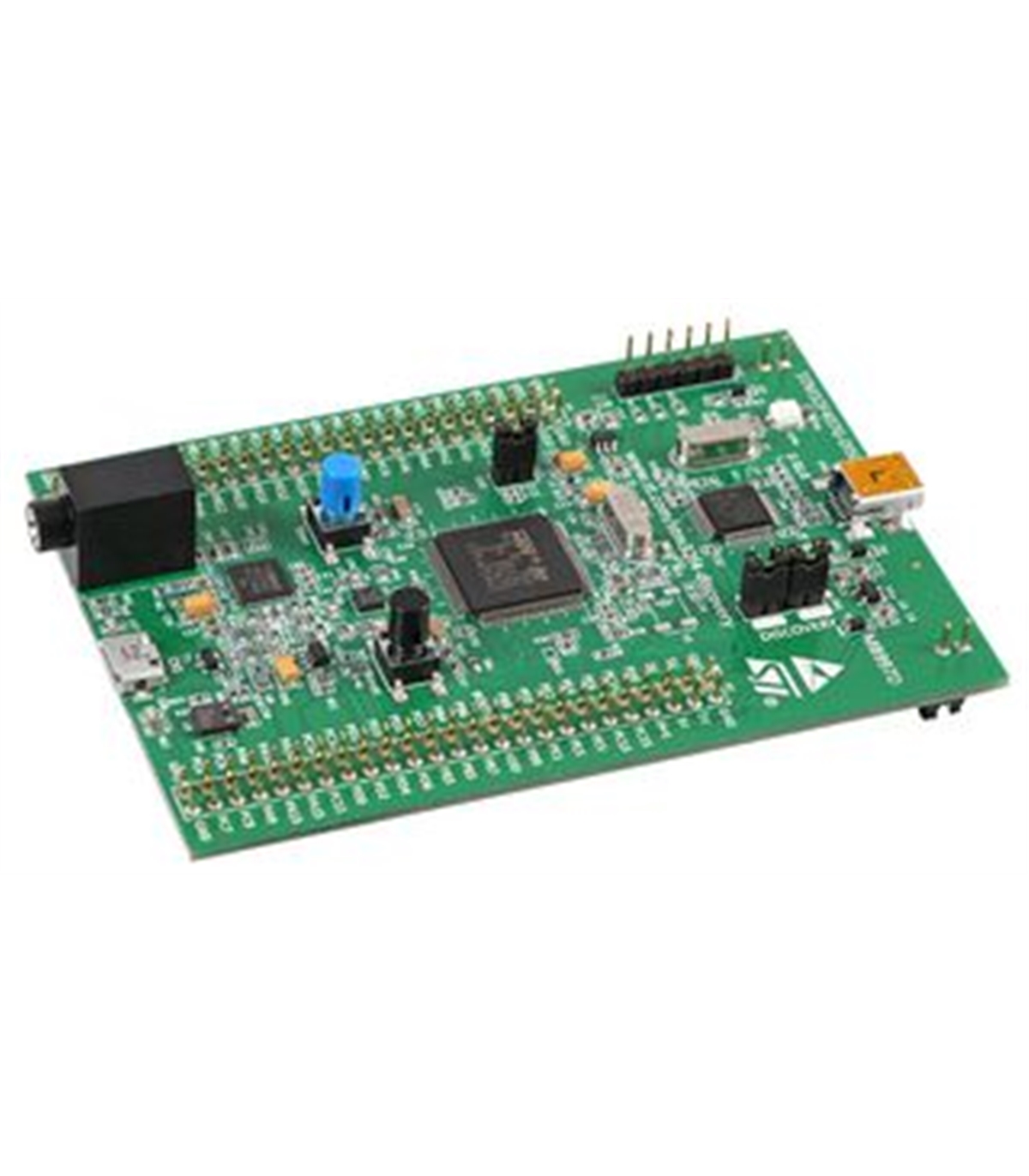

- Nucleo board without morpho header pins how to#
- Nucleo board without morpho header pins software#
- Nucleo board without morpho header pins series#
Externally, however, two double strips of male contacts (one per side) are what STM calls “Morpho” pinout, used on other STM development boards. One of the first aspects that we can note is the presence of many contacts on card’s border, including the now famous female contacts connector compatible with the Arduino shield.

Each NUCLEO board differs for performances, power consumption, clock frequency and flash memory capacity of the STM32 microcontroller in figure.įrom here on, we will analyze the NUCLEO model F401 and we will move our first programming steps, but many of the aspects and features that we will see later will be valid for any other NUCLEO board.
Nucleo board without morpho header pins series#
The whole series of NUCLEO development boards is equipped with a STM32 microcontroller based on ARM Cortex-M family, adopting a 32-bit RISC architecture. The board name comes from the microcontroller mounted on the board ( STM32F401) which is its heart.
Nucleo board without morpho header pins how to#
We will also see how to program it and test it by using some development environments available and a first sample program. In this post we will examine the NUCLEO F401RE board that is among the best performing in the series, not only because it is based on an ARM processor with a 84 MHz clock, a 512 Kb flash memory and an integrated floating-point unit, but also for a number of interesting features that we will see together. Some of these boards are simple clones, other are at much higher level having better performances and memory storage.Īmong those, a really interesting solution is represented by the development boards family called NUCLEO made by STMicroelectronics, a semiconductors leader company. The success of Arduino and its countless shields, kicked off in recent years the birth of several compatible development boards designed to help us creating in a short time, at low cost and easily, great and even complex electronic applications. General question: any question that is not technicalĪfter your question is answered, please change the flair to "Resolved".Today we present the first steps with the NUCLEO development boards, produced by STMicroelectronics, that can help us to move towards the ARM 32-bit world with simplicity and great performances, keeping a compatibility with Arduino expansion connectors so that we can use its commonly available shields.(*) At mods' discretion, certain self-promotion submissions from people who contribute to this sub in other ways may be allowed and tagged with the "Self-promo" flairĬomplete rules: /r/embedded/about/rules/ Link flairsĪfter posting a submission, please select a flair: No memes (pictures with superimposed text), shit posts.No spam no commercial posts, links to commercial pages (including crowd funding sites), no employment ads (job offers and requests go to the weekly thread), no self-promotion (*).If asking a question, ask the actual question, fully yet concisely, right in the title.Be civil: do not insult no all-caps, no excessive "!" and "?", please.Questions on employment (career, internship), education (major, certificates), how to start in embedded.Job announcements (outside the monthly job thread).

Nucleo board without morpho header pins software#


 0 kommentar(er)
0 kommentar(er)
